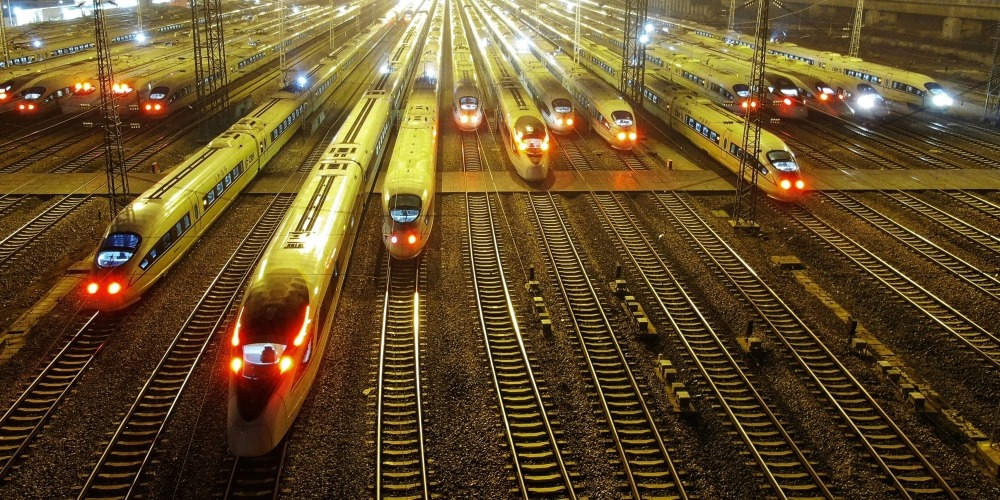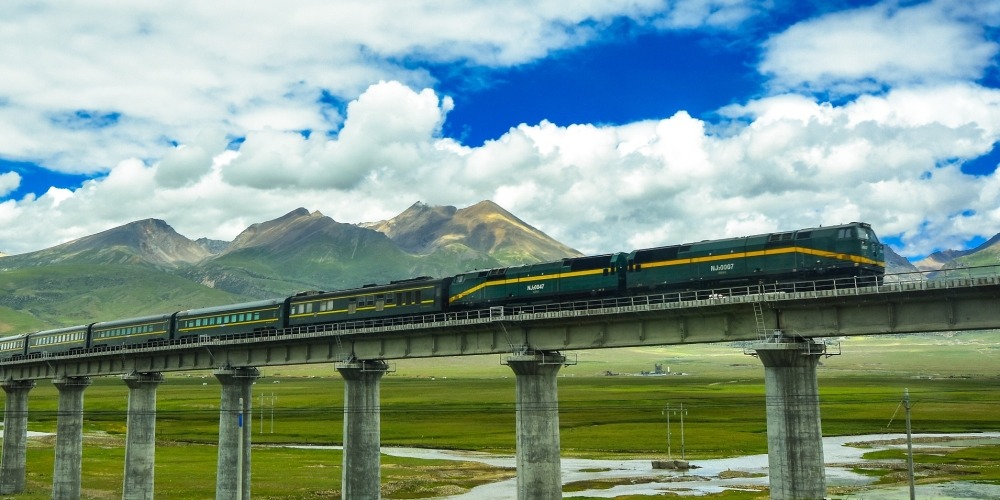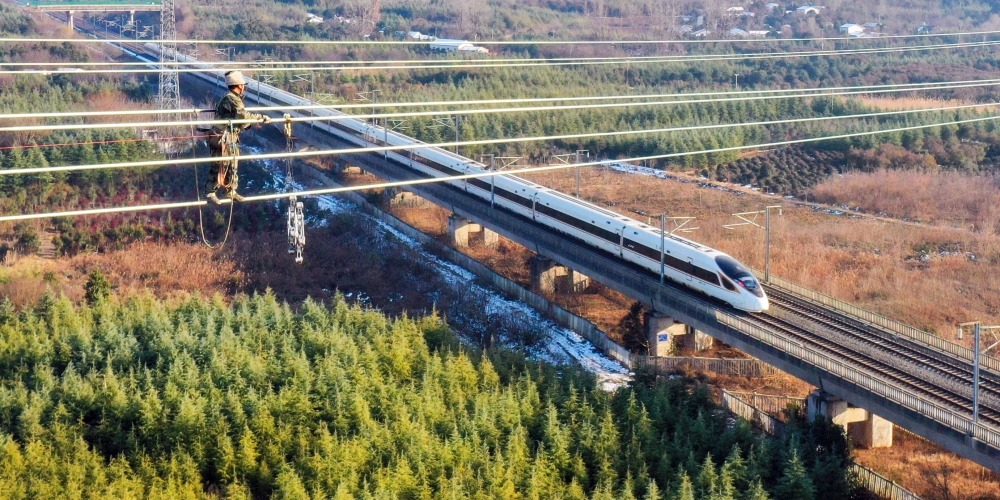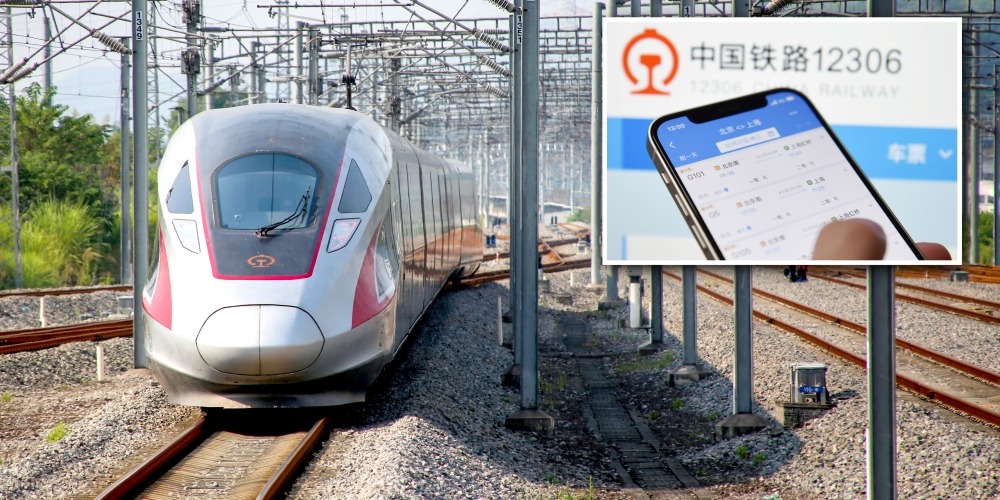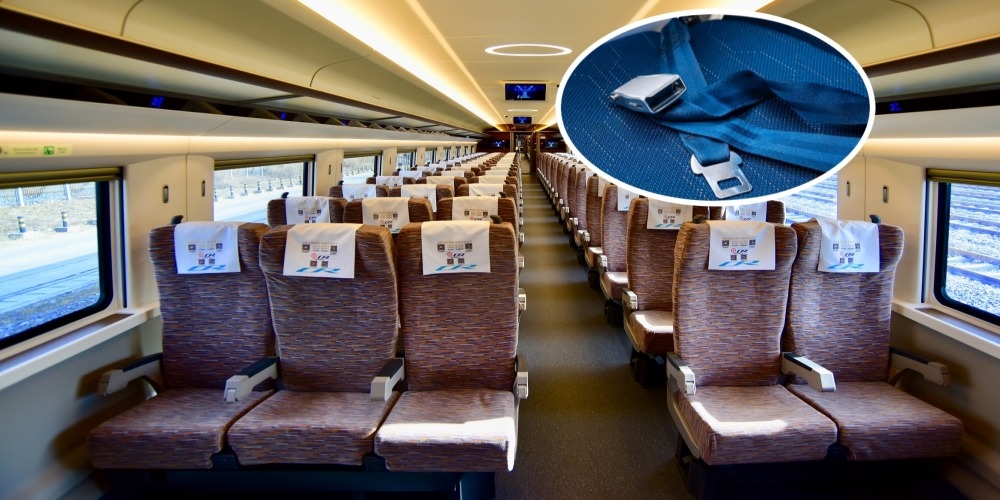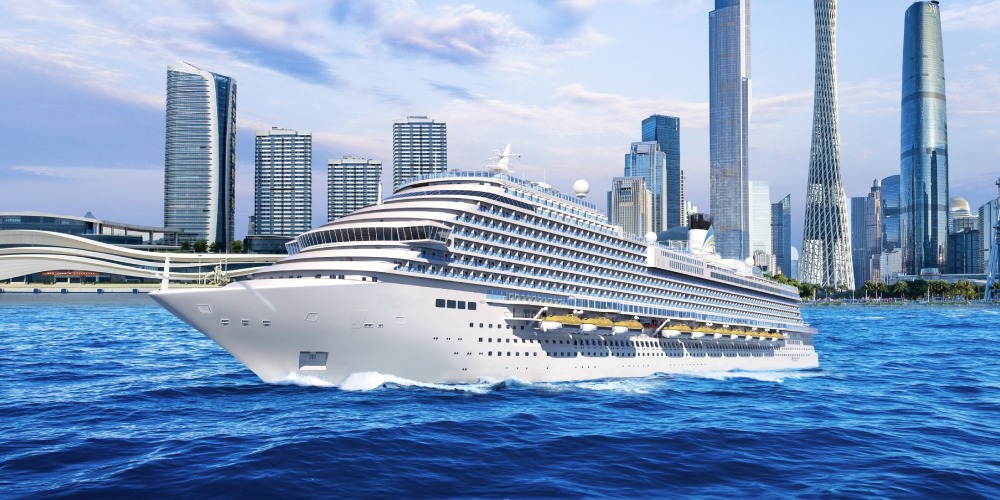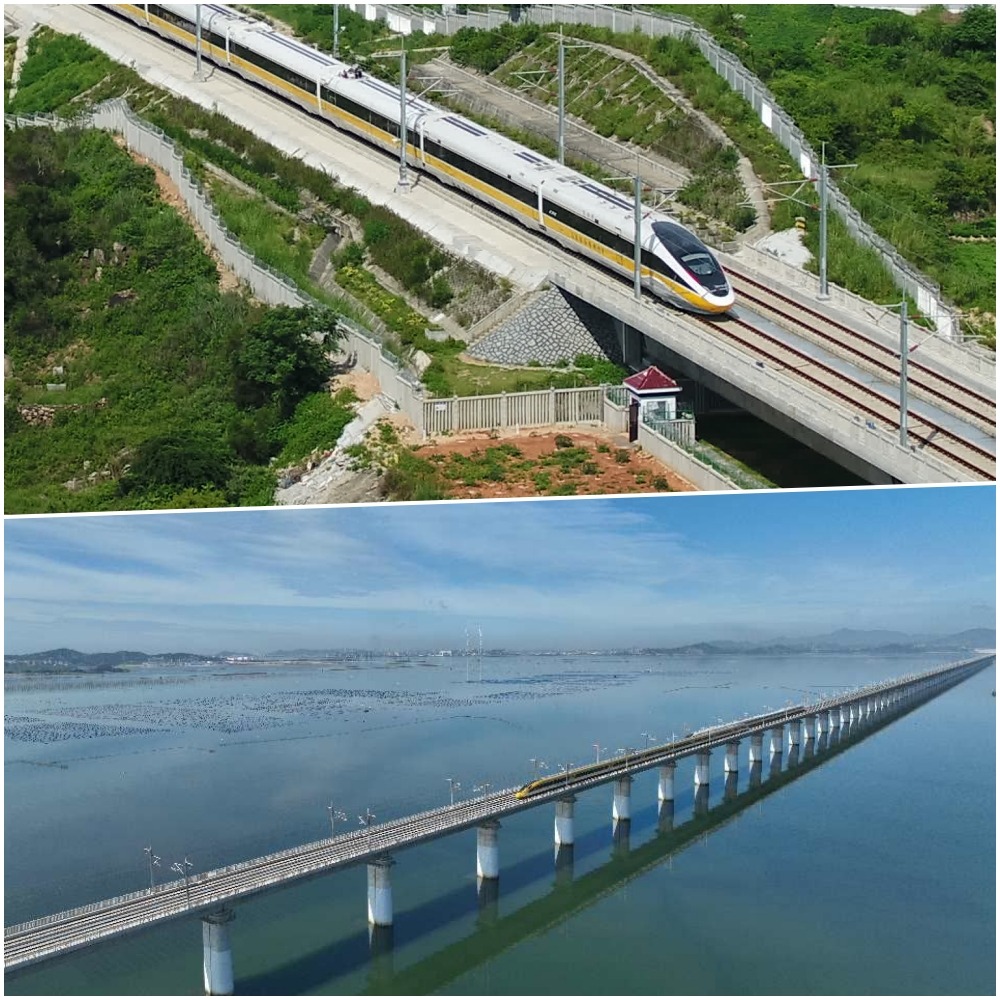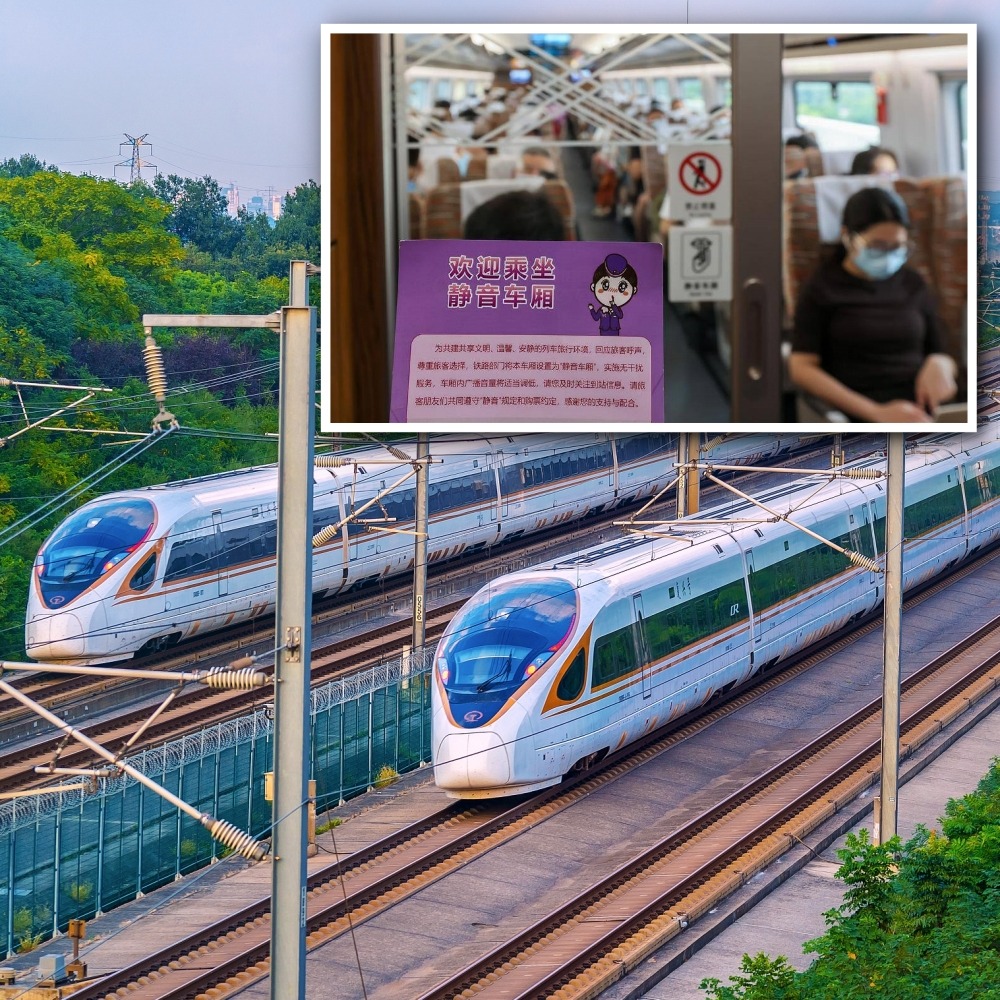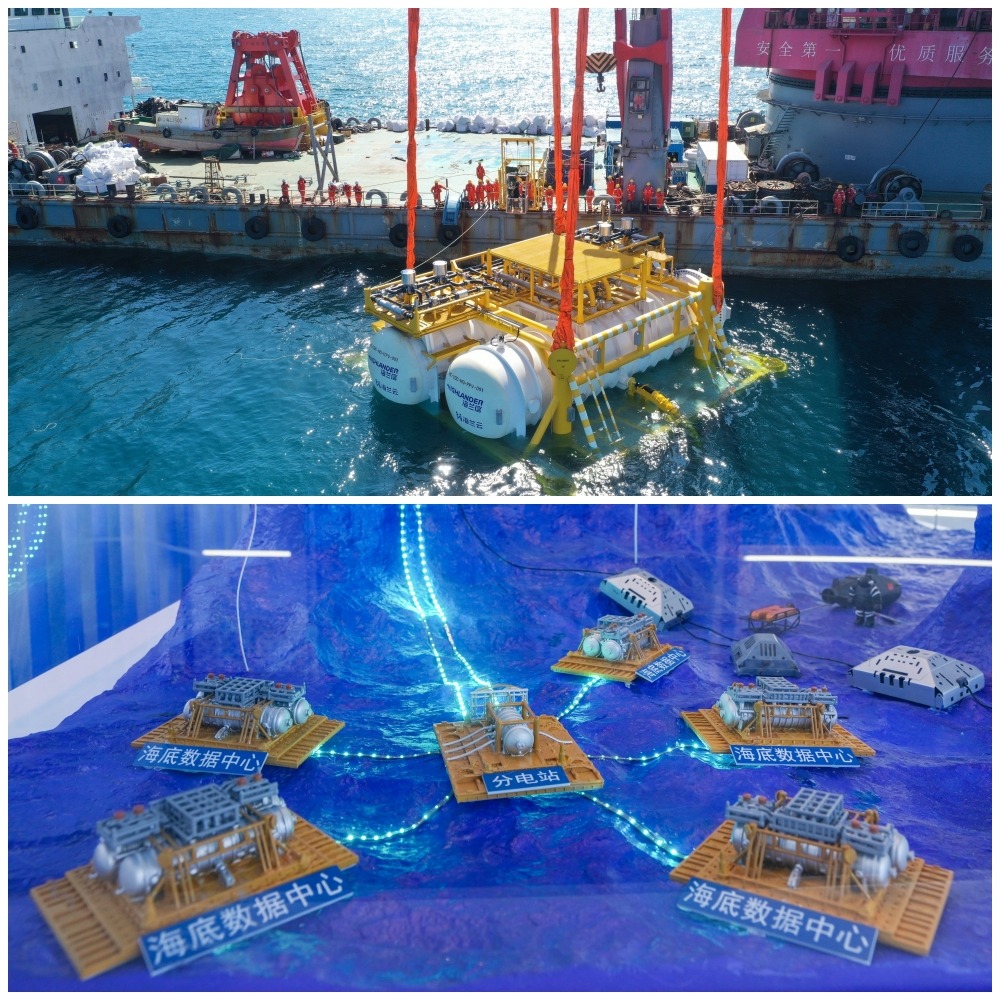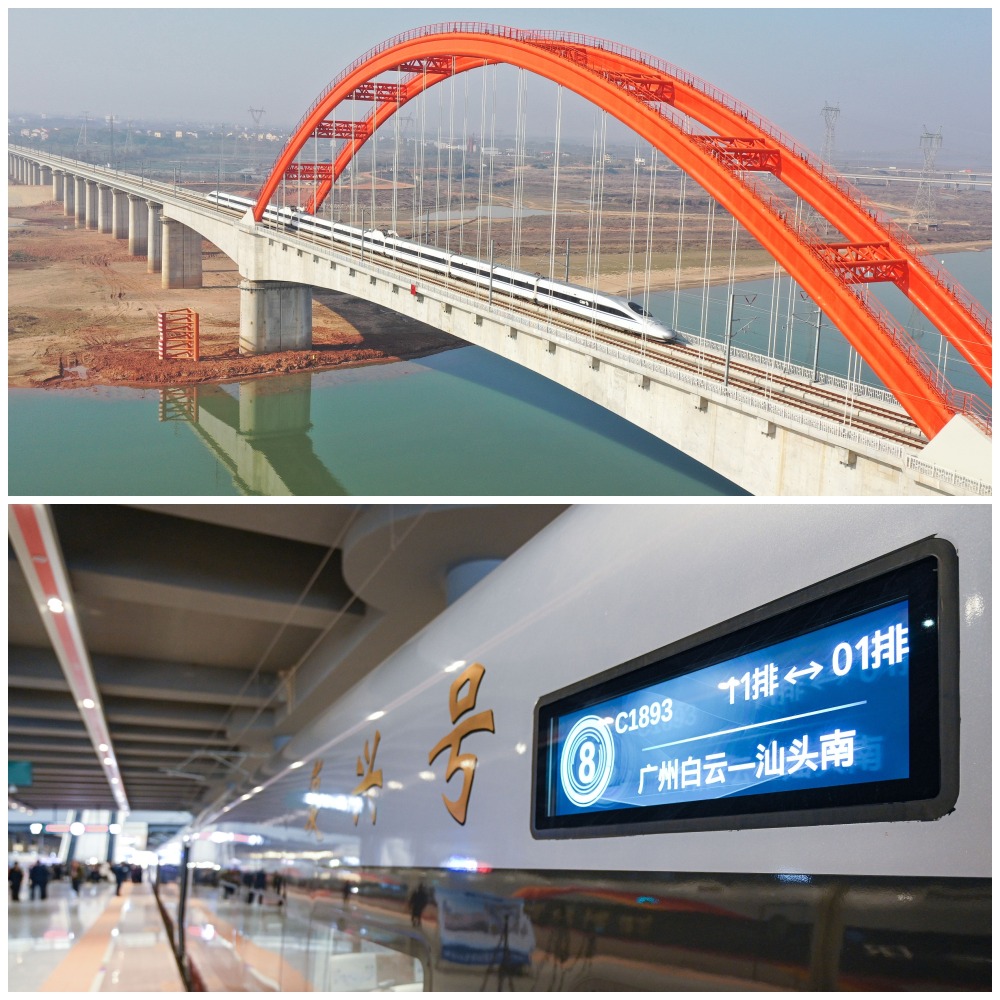Published : 2025-04-03
In China, thousands of train services operate daily, with conventional rail lines running around the clock.
However, high-speed rail services rarely include overnight trains. Why is this the case?
4 hours of "window period" for inspection
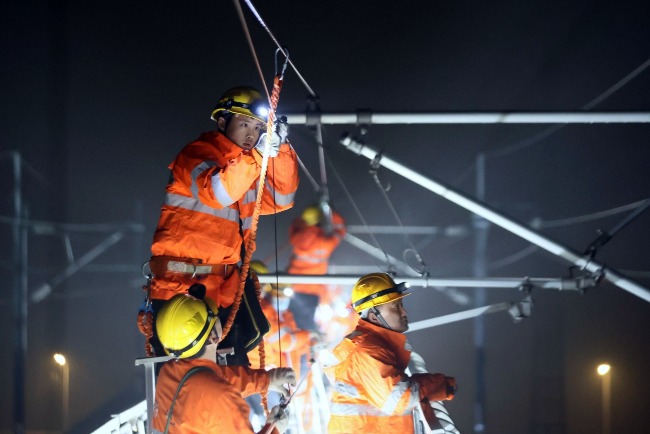
Firstly, overnight high-speed trains, refers to trains operating from midnight to 4 a.m. every day.
Few trains run during this time because, after a full day of operation, high-speed rail requires a "window period" for maintenance and inspection of tracks, trains, and catenary systems (overhead cables) to ensure safe operation the following day.
In fact, night travel demand is generally lower than during the day, and midnight inspections could minimise the impact on passengers.
However, while late-night high-speed trains are rare, they are not non-existent. During holidays such as the Spring Festival, additional overnight services are often scheduled in major cities with large migrant populations to accommodate passenger demand.
Read more: Why are there no "E" seats on trains?
Overnight sleeper trains help passengers save time and money
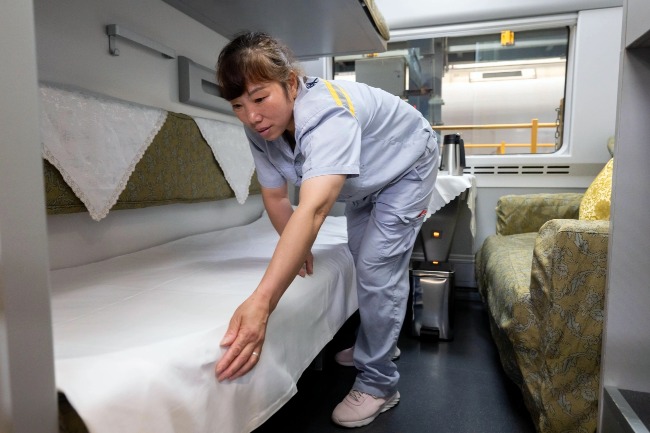
In addition, there are some regular overnight train services on high-speed rail, such as those from Hong Kong West Kowloon Station to Beijing West or Shanghai Hongqiao, as well as from Beijing West to Kunming, which operate overnight.
These services primarily utilise "sleeper bullet trains" - high-speed rail carriages equipped with sleeping berths. Passengers can enjoy a comfortable night's sleep onboard and arrive at their destination by daybreak, saving both daytime travel hours and hotel expenses.
It should be noted that while overnight trains are not limited to holidays, they do not run every day either. Typically, these services only run from Friday through Monday, arriving the following day.
The January 2025 train schedule shows that the only daily overnight train is the D2701/D2708 service between Xi'an North, Shaanxi, and Urumqi, Xinjiang.
This train covers more than 2,300 kilometres and takes over 13 hours. Of course, to run night high-speed trains and overnight services, special arrangements must be made for equipment inspection times.
Read more: Why do the first high-speed trains of the day not carry passengers?
Why can conventional railways operate 24 hours?

Some may ask why there are very few overnight trains on high-speed rail, while conventional rails can operate 24 hours a day throughout the year?
One of the reasons is that the power systems of high-speed trains and regular trains are different.
High-speed trains are EMUs (Electric Multiple Units), which means that they are composed of multiple powered carriages, while conventional trains rely entirely on locomotives for traction, with no power in the carriages, making maintenance relatively simple.
At the same time, high-speed trains run much faster than conventional trains, which requires higher standards for tracks and catenaries, and more detailed inspections and maintenance. These naturally lead to more "window period."
There is also another reason for conventional trains to operate 24 hours: their running time is relatively long, especially for interprovincial long-distance trains, where journeys can take as long as 40 to 50 hours.
